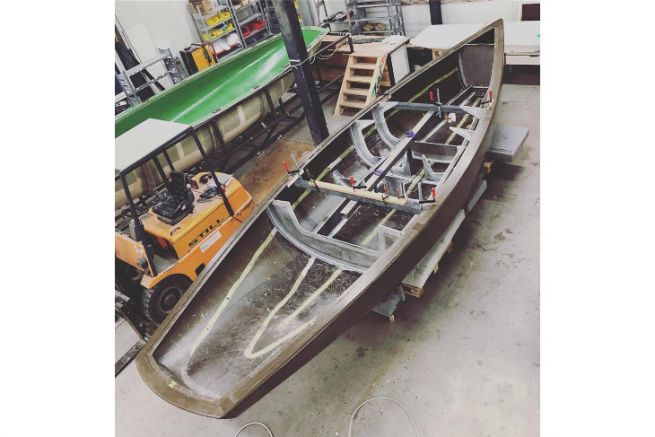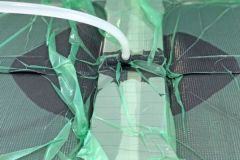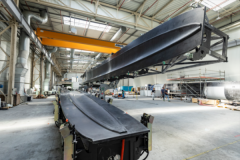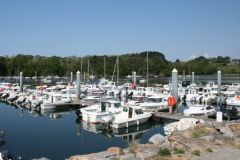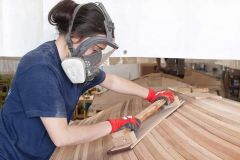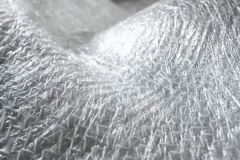Natural fibers used for thousands of years
If the environmental concern puts the use of fibers from plants on the front of the scene, their use for composite materials is proven since at least the Ancient Egypt. "The cells of plants have mainly 2 functions: the transport of the sap and its mechanical resistance. In plants such as flax, hemp or nettle, the core transports the sap, while the outer crown has a mechanical function. These fibers have been used for centuries to make clothing. Papyrus is the first composite material with which we made an asymmetrical stacking to allow the winding" explains Christophe Baley, professor at the University of Southern Brittany and specialist in biocomposites.
The first modern composites used linen or cotton
After the appearance of the first plastics in industry for uses such as electrical insulation, the desire to mechanically reinforce them quickly became apparent. Cotton was used in celoron. "When we wanted to increase the mechanical properties, we switched from cotton fibers to linen fibers. This is what was used to make the first primary composite aircraft structures", says Christophe Baley. The return of these materials, later dethroned by glass or carbon fibers, is therefore not surprising.
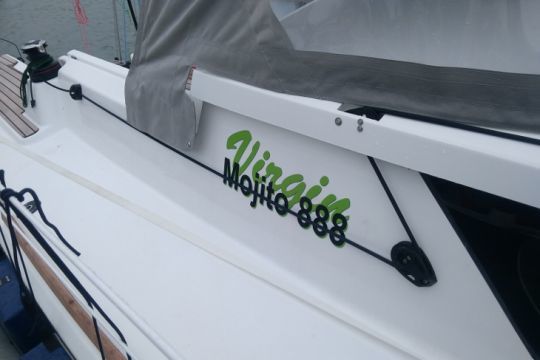
Getting the right fiber
To be of interest, natural fibers for composites must be easily workable and have good geometric and mechanical characteristics. "The development system of plants like flax, hemp or nettle allows for long cells, up to 25 cm. In comparison, the extraction of bamboo fibers is very complex and requires chemical treatment to make continuous fibers. There is a lot of work being done on ramie, but it doesn't grow here," says the UBS professor.
Setting up profitable agricultural chains for biocomposite
While different European fibers have been used in the past, mainly hemp, flax, nettle and Spanish broom, economic and environmental constraints have almost caused some of the channels to disappear. "Hemp had a disease problem. There were 19,000 hectares of nettle at the end of the First World War. But that was stopped because the plant is difficult to work. When you cut it, you leave the rhizome and it grows again, which does not fit in with the basis of crop rotation. Flax, on the other hand, is stable, with a stable market and a great varietal selection since the end of the 1950s. It can return to a plot every 7 years. There are works in the east of France and in Scandinavia to reassemble a nettle chain. It is not easy to engage farmers towards new plants. It is necessary to guarantee a farm income, with a stability of the quantities and properties of the plant. The idea is to use existing plants today", says Christophe Baley.
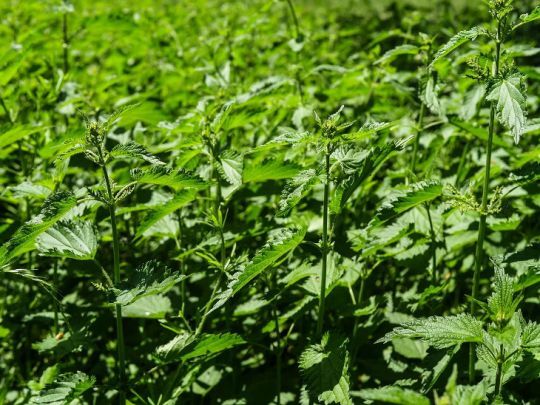
Intelligent innovation in the nautical industry
Passionate about the nautical sector, the researcher follows the industry closely. He invites us to keep an eye on the innovations in the materials proposed for the boats of tomorrow. "There is a will to evolve in the construction of boats. But there are many false good ideas. I spend a lot of time saying be careful with the concepts used, think about looking at the whole life cycle" he concludes.

